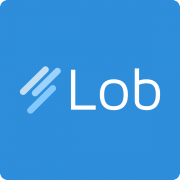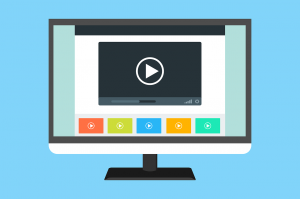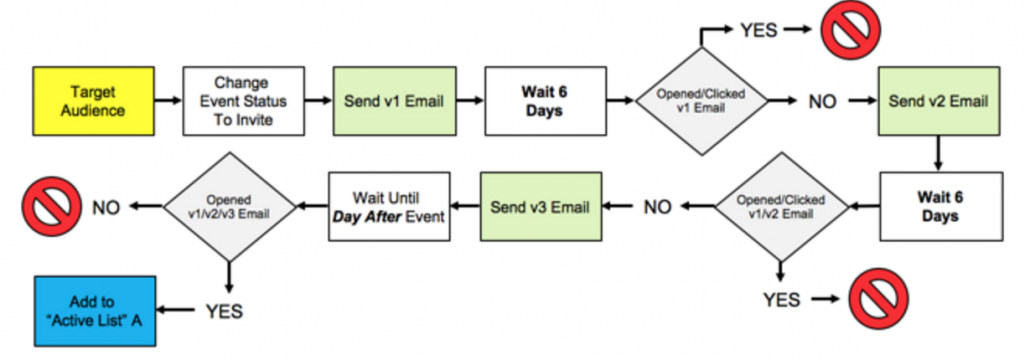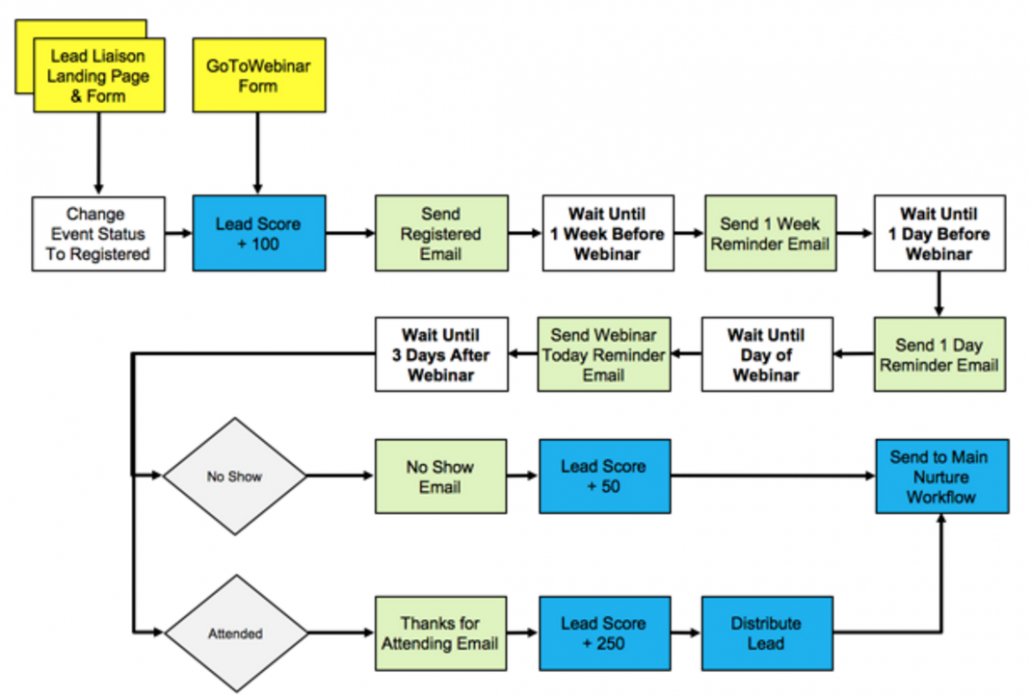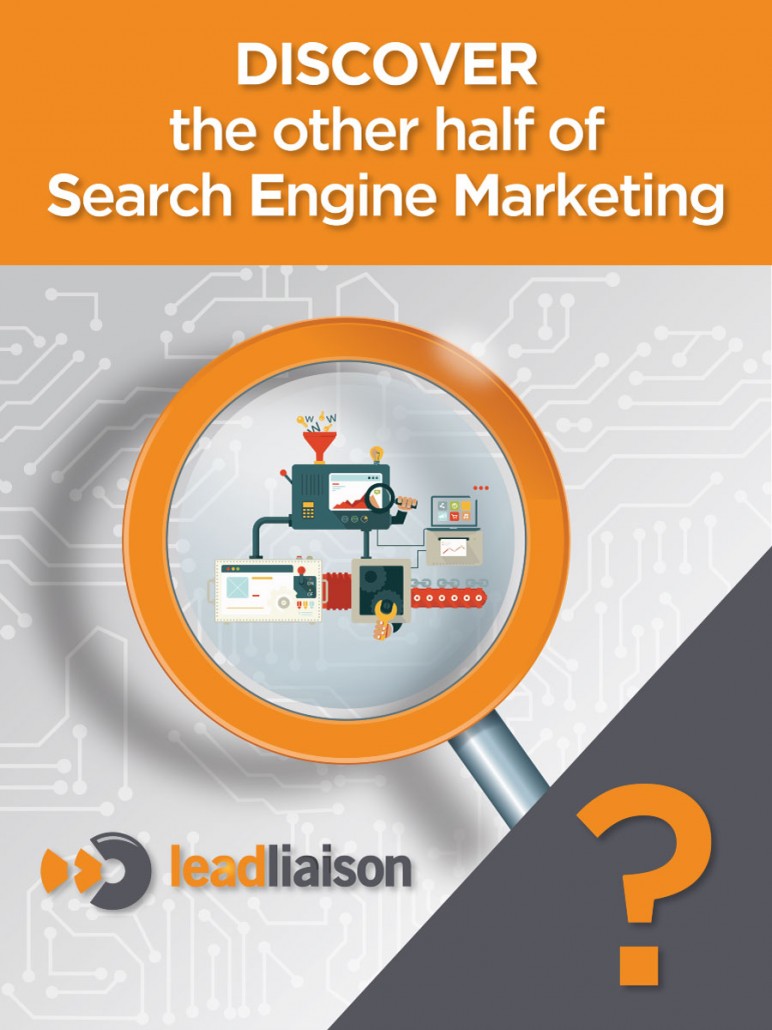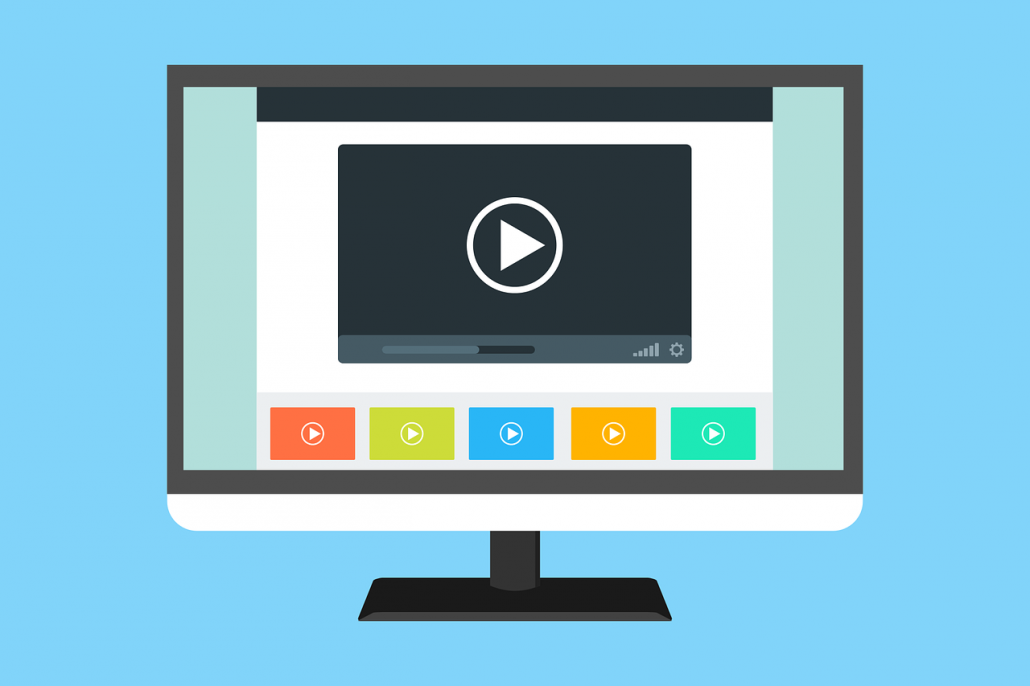Offline Marketing: Build, Send, and Track Postcards with Lead Liaison Multi-channel Marketing
It’s a match made in heaven. The marketing automation powerhouse Lead Liaison has partnered with Lob, a company that is aggressively building a suite of APIs that allow businesses to build applications within their own software for offline marketing tools. Together, they have created an integration that allows marketers to build, send, and track postcards within Lead Liaison’s software platform.
“A marketing automation solution should make your life easier, not more difficult. Lead Liaison and Lob share that goal, which is why we were excited to partner with them on this project. Their postcard builder is intuitive, which allows users to spend less time learning how to use it and more time creating exciting and valuable content.” – Shrav Mehta, Growth Engineer at Lob
Here are some highlights of the integration:
Flexible Design
Custom postcards can be built from scratch or from pre-designed templates in the platform. Users can add their own images, colors, and fonts. The interface allows users to choose between various postcard sizes, such as 4 x 6, 6 x 9, and 6 x 11, and customize both front and back designs. Drag-and-drop technology allows users to easily design a postcard in minutes, not hours.
Dynamic Data Insertion
The new Lead Liaison Postcard Builder gives users the ability to insert standard or custom fields as dynamic text inside of their postcards. This option allows information to be added to each postcard based on the recipient’s data in their prospect profile. The ability to include relevant data that’s specific to the recipient transforms offline marketing into personalized marketing. Companies can better use personalized data for account based marketing (ABM) or one-to-one marketing.
Send on Demand with Flexible Delivery Options
Flexible delivery options minimizes costs. Users no longer need to hit a minimum number of recipients. Send a one-off postcard wishing clients a “Happy Birthday!”, send multiple postcards to a list of people, or include as an action in automated drip marketing.
Folders & Cloning
What’s the use of valuable content if you can’t find it when you need it? Lead Liaison recently released a new feature that allows users to organize their content, personalizations, and automations into folders. Once marketers have identified valuable content, Lead Liaison’s powerful software provides to ability to clone it, saving valuable time.
More About Lob
Lob is building a suite of APIs for the enterprise. Built with developers in mind, Lob provides tools that allow businesses to build scalable and powerful applications. The most popular API is a print and mail API that enables companies to send postcards, letters, checks, and more as effortlessly as sending emails. Lob is based in San Francisco, CA and is venture backed with over 6000 customers including Amazon, Square, and Counsyl.
More about Lead Liaison
Lead Liaison provides cloud-based sales and marketing automation solutions that helps businesses accelerate revenue by attracting, converting, closing and retaining more prospects. Filling a void in the small pool of marketing automation providers that focus on marketing-centric functionality, Lead Liaison gives equal focus to sales providing sophisticated visitor tracking and additional website engagement tools to boost sales effectiveness. Lead Liaison blends ease-of-use, a flexible business model, deep external integration, marketing across social, web, mobile, email and offline channels and powerful functionality, all specifically tailored for mid-sized businesses, into a single platform, called Revenue Generation Software®. Lead Liaison is headquartered in Allen, Texas, near Dallas. For more information, visit http://www.leadliaison.com or call 1-800-89-LEADS (895-3237).

